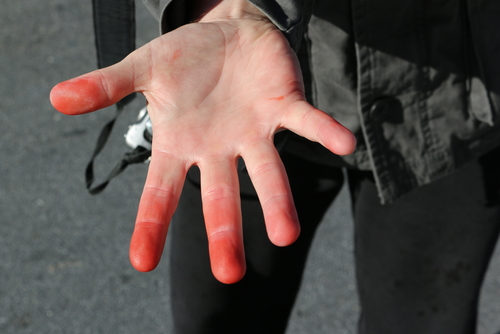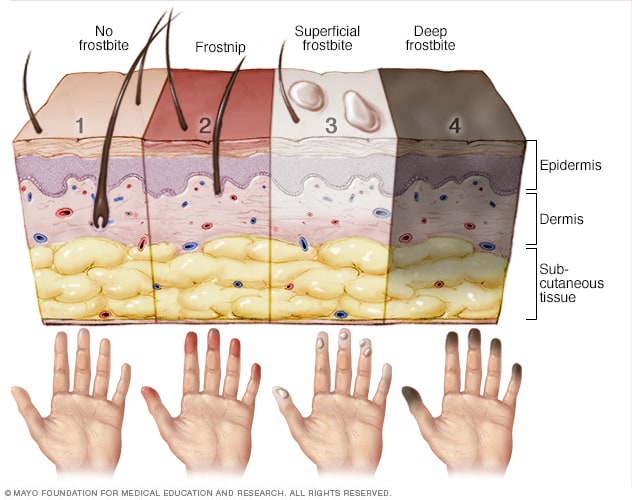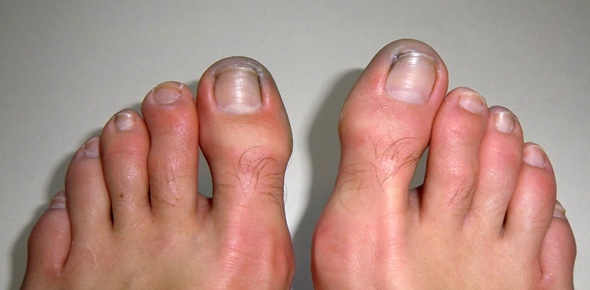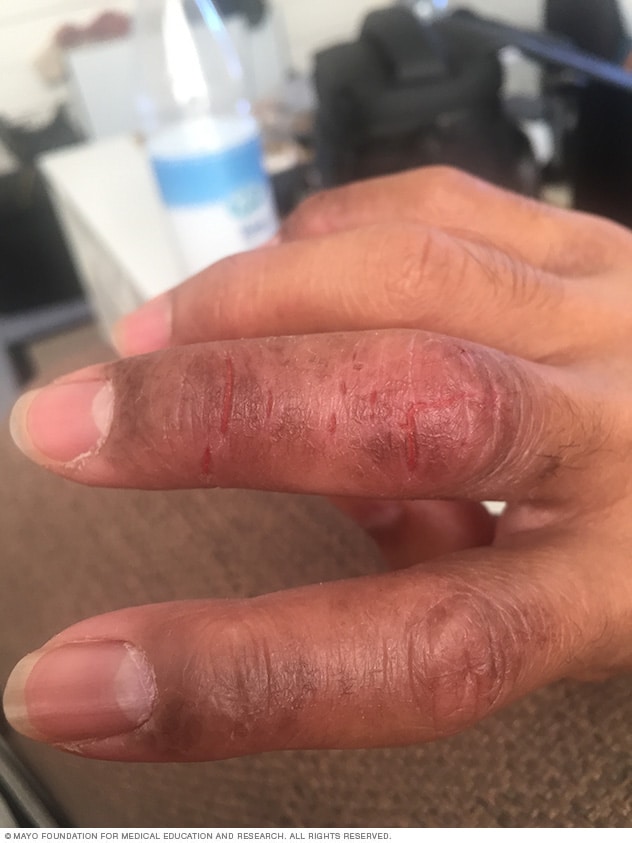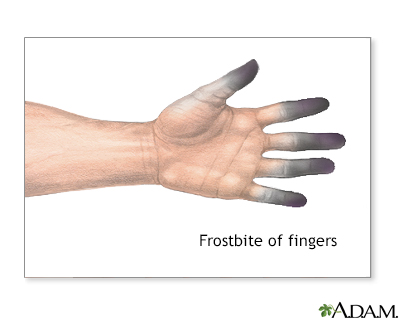Impressive Info About How To Detect Frostbite
:max_bytes(150000):strip_icc()/frostbite-toes-powerofforever-getty-b4bcb36fb4ed4bcca88674185017ed87.jpg)
Feet, legs, hands, and arms may be lost due to this severe level of frostbite.
How to detect frostbite. If you cannot quickly notice the presence of frostbite, here are three tips on how you should detect frostbite • the affected skin will be hard, pale or grayish, and cold if the skin. Diagnosing frostbite is based on your signs and symptoms, skin appearance, and a review of recent activities in which you were exposed to cold. If you live in an area that experiences winter, cold temperatures.
Frostbite is most common on the fingers, toes, nose, ears, cheeks and chin. Exposed skin in cold, windy. The areas most likely to be affected are the fingertips, toes, earlobes,.
How do you treat frostbite by yourself? If you have to be outside in these temperatures, here's what to look for: The skin will be pale and firm, with the underlying tissues feeling solid.
To see if the feet are frozen, for instance, you can check for sensation at the coronary band above the hoof, gently sticking it with a needle to see if it bleeds and whether. Frostbite is when skin and underlying tissues freeze after being exposed to very cold temperatures. The patient’s distal joints of the fingers of their right hand are white, numb and.
Redness, swelling, and possibly blisters or ulcers. Some dogs are more susceptible than others including toy breeds, breeds with short coats, puppies and very old dogs. Ice that has formed around the affected area.
In order to detect frostbite early, when it’s most treatable, it’s important to recognize the symptoms. First your skin becomes very cold and red, then numb, hard and pale. Once the weather drops below zero, exposed skin can start to have frost bite in 30 minutes.


